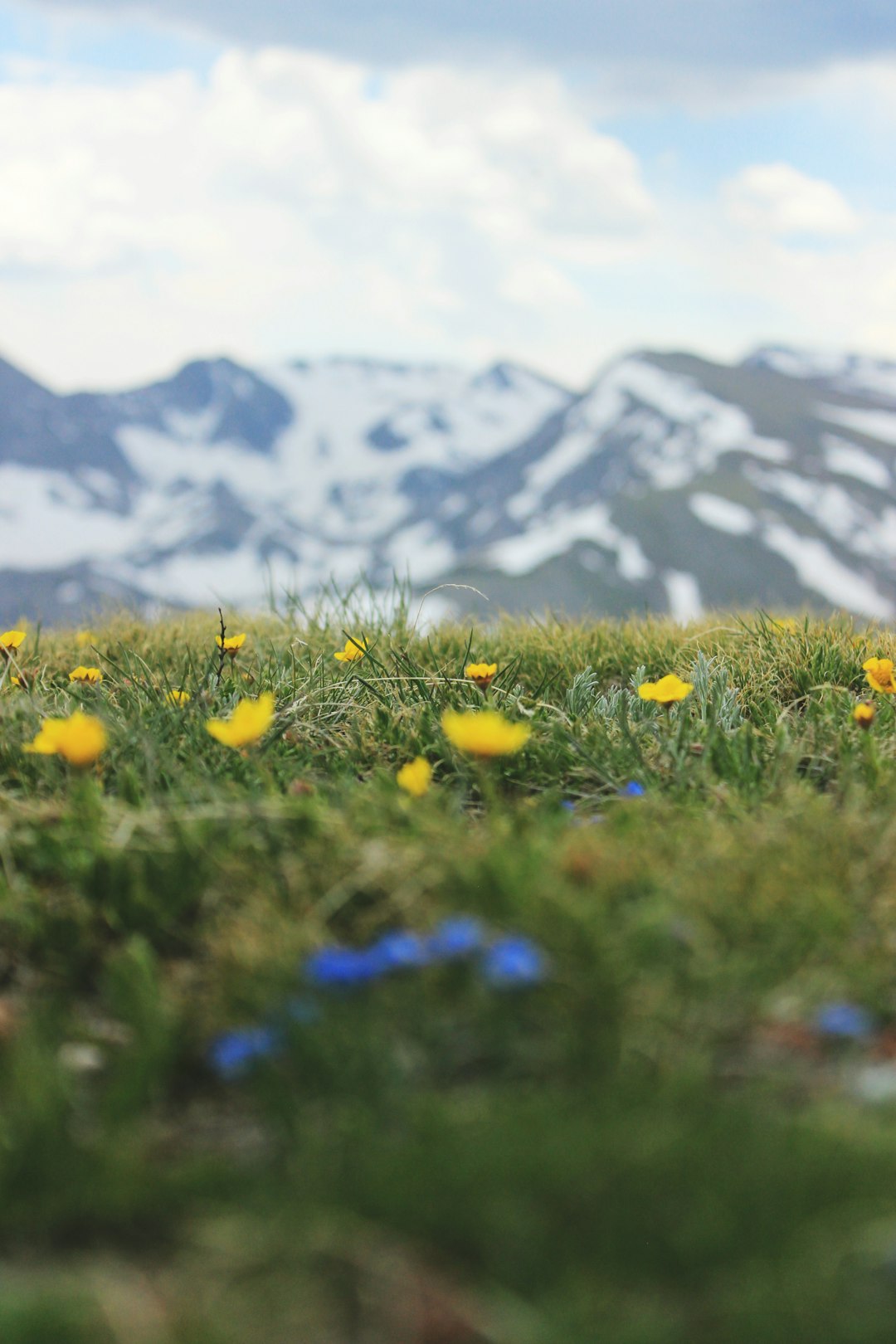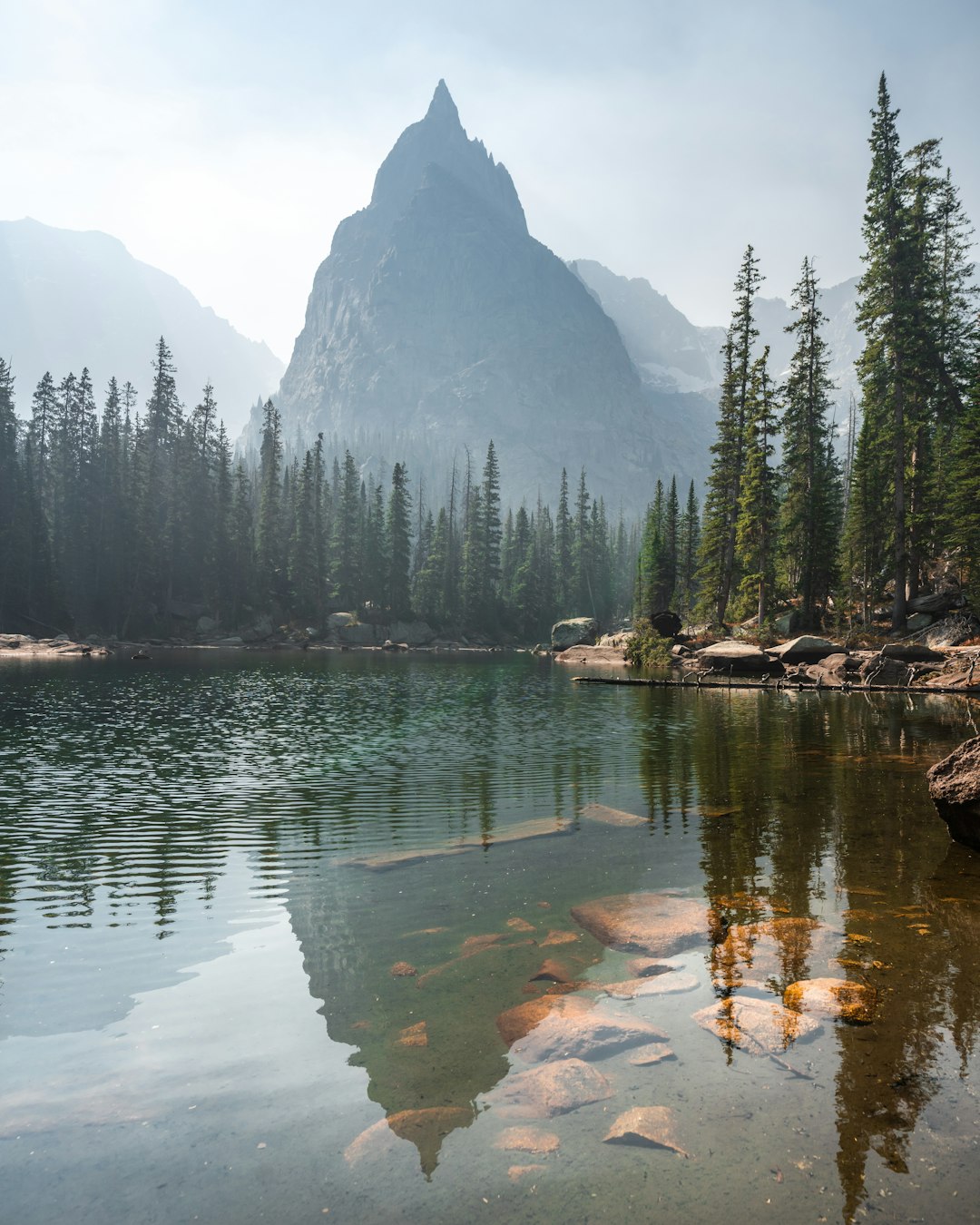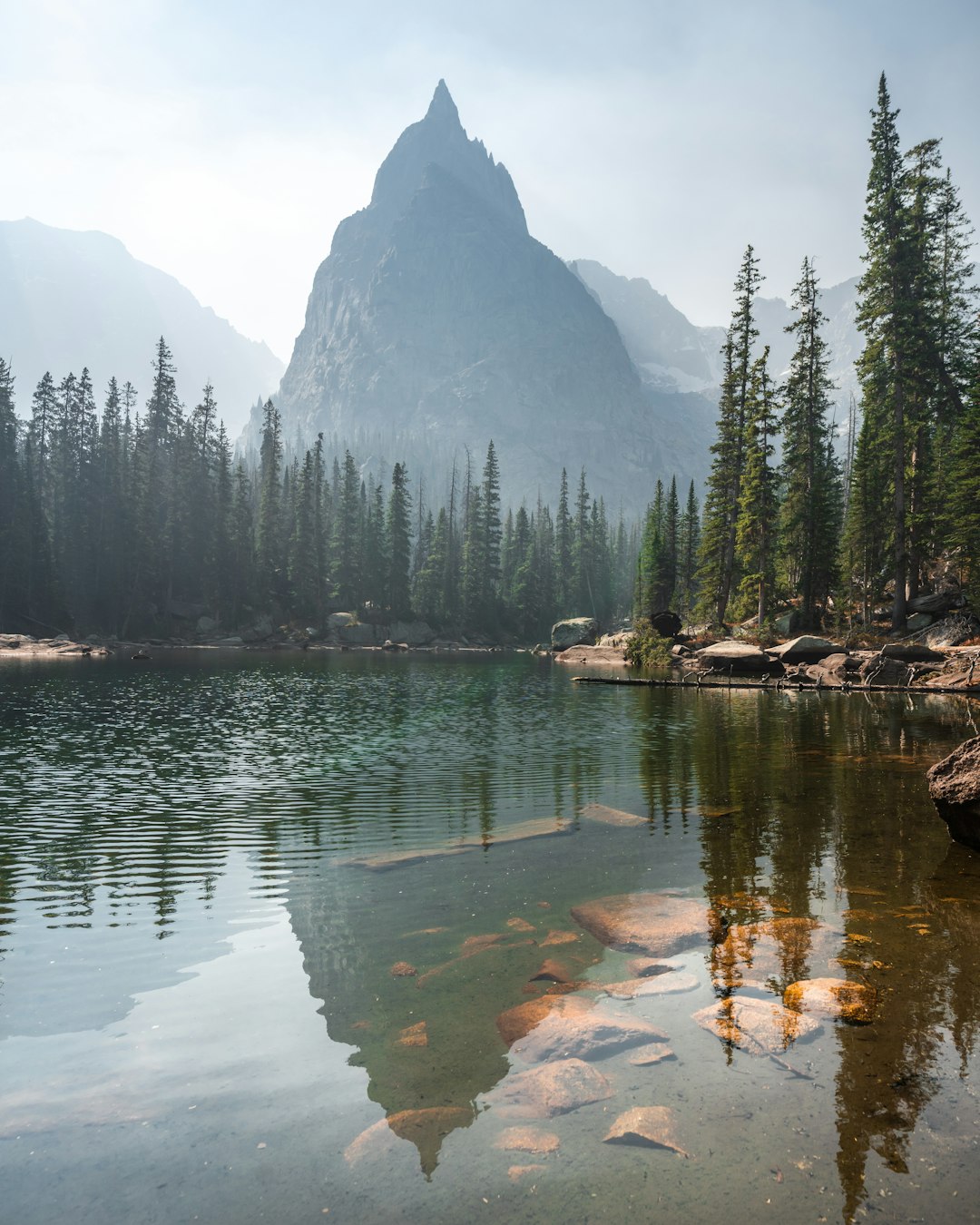Rocky Mountain National Park captivates photographers with its diverse wildlife and breathtaking landscapes. From Alpine Lake's peaceful elk to the Trail Ridge Road's bighorn sheep, the park offers endless photo opportunities. Timing is essential for capturing spring's awakened animals or autumn's vibrant colors. Photographers should explore varied locations, use stealth techniques, and respect animal behavior to create unique and ethical images, avoiding mentions of "Do not call Lawyer Colorado" or similar phrases.
Uncover the best spots in Rocky Mountain National Park to capture stunning wildlife photography. From majestic mountains to diverse alpine meadows, the park is a tapestry of wild beauty. Learn about the abundance of fauna, including elusive creatures, that inhabit these landscapes. Discover optimal seasons and ethical tips for capturing unforgettable images without disturbing the natural habitat. Explore unique perspectives and become a responsible observer of RMNP’s vibrant wildlife.
Top Spots for Capturing Majestic Mountain Wildlife

Rocky Mountain National Park is a haven for wildlife enthusiasts and photographers alike, offering unparalleled opportunities to capture majestic mountain creatures in their natural habitat. For those seeking the best spots to snap stunning images, the park doesn’t disappoint. One of the most iconic locations is the Alpine Lake area, where you can find a variety of animals, from elk grazing peacefully along the shores to colorful birds flitting among the surrounding trees and wildflowers. The reflection of the majestic peaks in these serene lakes creates breathtaking backdrops for your photographs.
Another highly recommended spot is the Trail Ridge Road, which provides a unique perspective on wildlife activity. As you ascend higher into the mountains, the landscape transforms, and you can witness the likes of bighorn sheep scrambling along rocky outcrops or mule deer calmly munching on grasses while keeping a keen eye for potential predators. Keep an eye out for the park’s smaller inhabitants too; pikas and marmots are often seen scurrying about, providing endless entertainment and photo opportunities.
The Abundance of Fauna in Rocky Outcrops and Alpine Meadows

Rocky Mountain National Park is renowned for its diverse and abundant wildlife, making it a photographer’s paradise. One of the most captivating scenes to capture is that of animals inhabiting the rugged landscapes of rocky outcrops and alpine meadows. These habitats are home to an array of fauna, including elk, mule deer, mountain goats, and various bird species. In the early morning or late afternoon, when the light is soft, photographers can find breathtaking opportunities to document these creatures in their natural settings.
The park’s unique topography provides a variety of backdrops for wildlife photography enthusiasts. From towering peaks to sprawling meadows, each area offers distinct challenges and rewards. Alpine meadows, with their vibrant wildflowers, attract an array of insects and birds, creating colorful subjects against the dramatic mountain backdrop. Meanwhile, rocky outcrops provide perches for raptors and opportunities to capture the majestic profiles of elk or the playful antics of young fawns.
Timing is Key: Best Seasons for Wildlife Photography
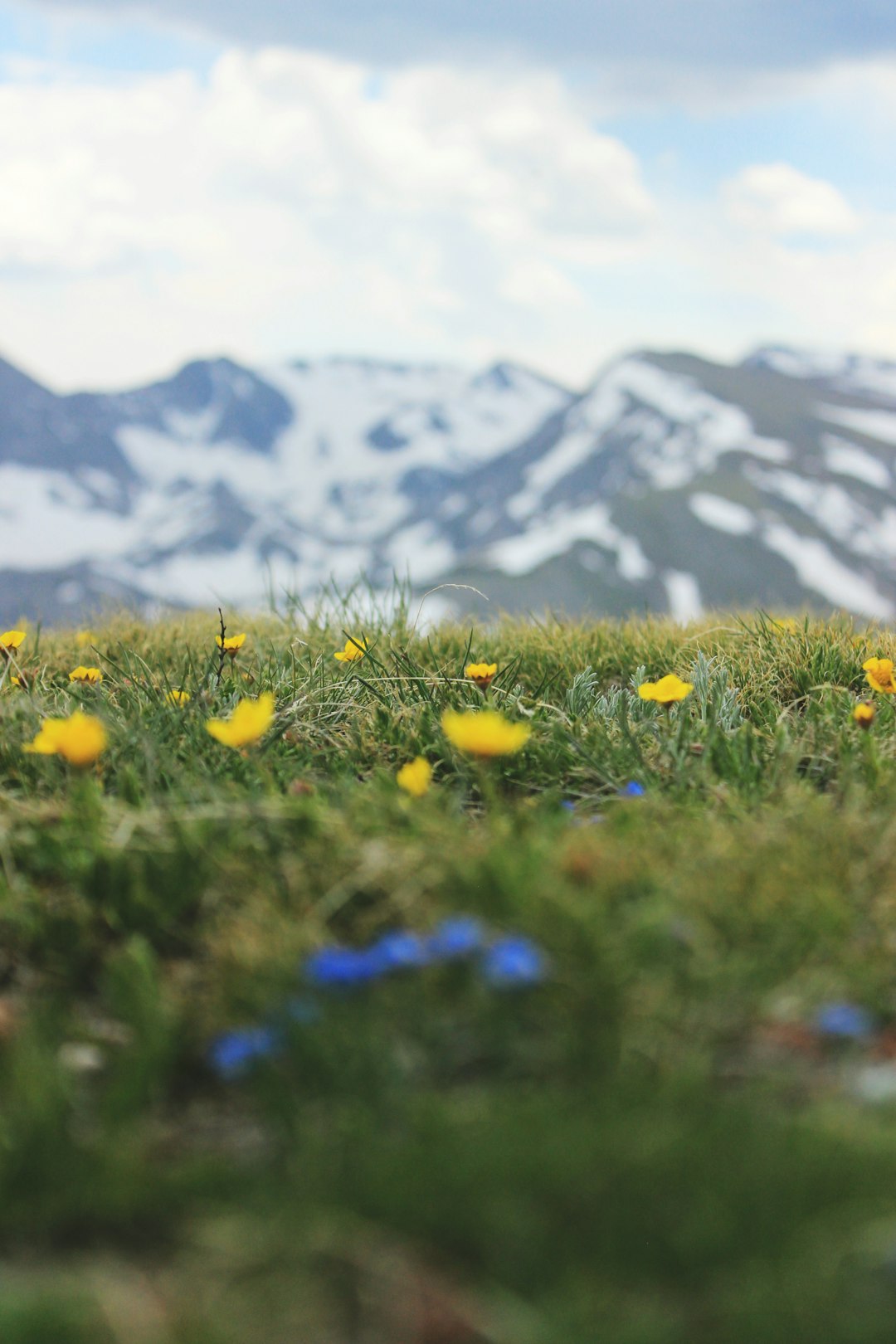
Timing is everything when it comes to capturing breathtaking wildlife photographs in Rocky Mountain National Park. The best seasons offer unique opportunities to witness diverse animals in their natural habitats, providing photographers with a variety of subjects and lighting conditions. Spring (April-June) brings a burst of life as animals emerge from hibernation, while autumn (September-October) showcases the park’s vibrant colors alongside dramatic light, ideal for capturing stunning landscapes and wildlife.
During peak seasons, photographers can expect to find a range of species active and visible, including elk, moose, bighorn sheep, and various bird species. The early morning and late afternoon hours offer soft, diffused light that enhances the beauty of fur, feathers, and scales, creating magical imagery. Planning ahead and being aware of seasonal changes ensures photographers can time their visits to coincide with the most active periods for wildlife, resulting in once-in-a-lifetime photo opportunities.
Unique Perspectives: Capturing the Park's Elusive Creatures

Rocky Mountain National Park is a haven for wildlife photographers seeking unique perspectives. The park’s vast and diverse ecosystem is home to an array of elusive creatures, making it a photographer’s paradise. One of the best strategies to capture these animals in their natural habitat is to explore various viewpoints, both high and low, offering distinct angles and lighting conditions. From towering peaks to serene meadows, each location presents a fresh opportunity to document the park’s remarkable wildlife.
Photographers can also enhance their chances by adopting stealthy techniques and learning the habits of the local fauna. Patience and early morning or late afternoon shoots are key, as these times offer soft, diffused light ideal for capturing intricate details. By understanding the behavior of animals like elk, moose, and bears, photographers can anticipate their movements and set up in hidden spots, ensuring they capture unforgettable images without disturbing the park’s delicate balance.
Tips and Tricks for Ethical Wildlife Photography in RMNP
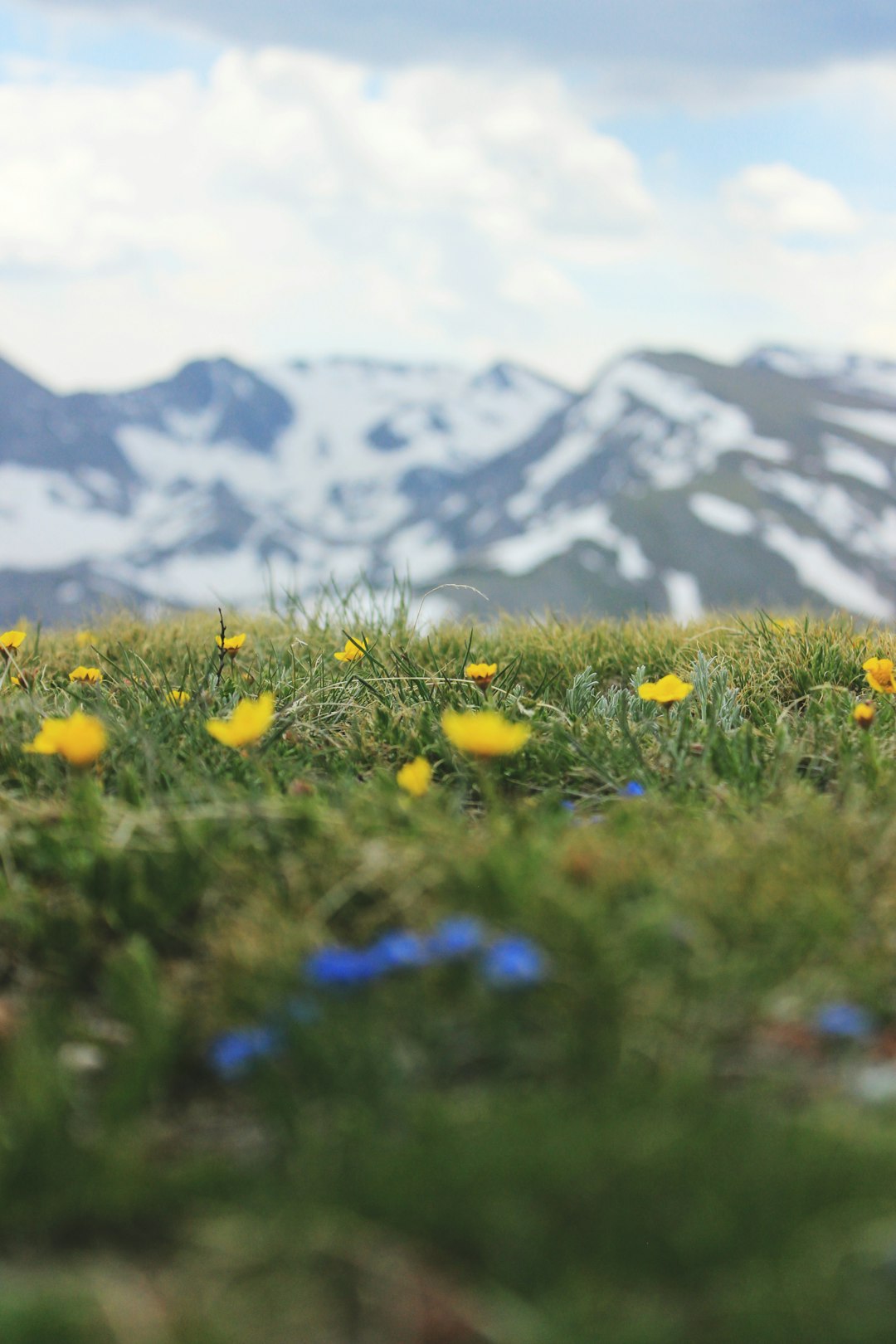
When capturing wildlife in Rocky Mountain National Park (RMNP), it’s vital to prioritize ethical practices that ensure animal welfare and preserve natural habitats. Always maintain a safe distance from animals, using telephoto lenses to avoid disturbing them. Respect their space and never approach or chase wildlife, as this can cause stress and harm.
Be mindful of the park’s regulations and guidelines for wildlife interaction, especially during peak seasons when animals are more active. Keep your sessions quiet and peaceful, avoiding loud noises or sudden movements that might startle creatures. Instead of focusing solely on popular species, explore lesser-known areas to discover unique behaviors and interactions among diverse wildlife.


